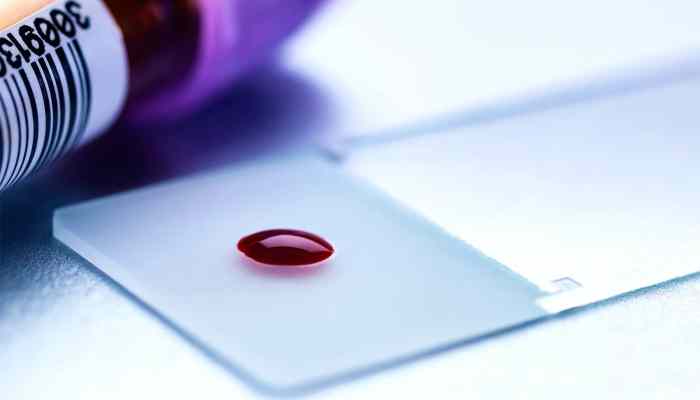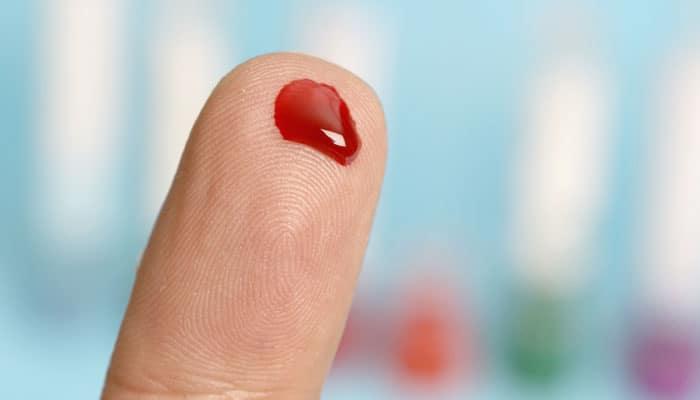The Science Behind Microfluidics
Microfluidics is a fascinating field that deals with the behavior, control, and manipulation of fluids at the microscale. This technology is revolutionizing various scientific disciplines, including medicine, biology, and chemistry. Microfluidic devices, often called “labs-on-a-chip,” are miniature systems that can perform complex analytical tasks with incredibly small sample volumes.
Microfluidics: Enabling Analysis with Small Sample Volumes
Microfluidic devices utilize microchannels, typically with dimensions ranging from micrometers to millimeters, to control and manipulate fluid flow. These channels are etched or molded onto a substrate, usually made of silicon, glass, or polymers. The small size of these channels leads to several unique properties, including:
* High surface area-to-volume ratio: This feature allows for efficient interactions between the fluid and the channel walls, facilitating rapid mixing, reaction, and separation processes.
* Capillary forces: The dominant forces in microfluidic channels are surface tension and capillary forces, which are significant at the microscale. These forces enable precise control over fluid flow and droplet formation.
* Laminar flow: Fluid flow in microchannels is typically laminar, meaning the fluid moves in parallel layers without mixing. This characteristic allows for precise control over fluid pathways and prevents unwanted mixing.
Microfluidic Devices in Blood Analysis
Microfluidic devices are particularly well-suited for blood analysis due to their ability to handle small sample volumes. Here’s how they work:
* Sample Introduction: A single drop of blood is introduced into the microfluidic device through a microchannel.
* Sample Preparation: The blood sample is then processed within the device, often involving steps like cell separation, lysis, and reagent mixing.
* Analysis: The processed sample is then analyzed using various techniques, such as fluorescence microscopy, electrophoresis, or immunoassays.
* Data Interpretation: The results are then interpreted and displayed, providing valuable insights into the patient’s health status.
Advantages of Microfluidics for Blood Analysis
Microfluidic devices offer several advantages for blood analysis:
* Reduced Sample Volume: The ability to perform analysis with a single drop of blood is a significant advantage, particularly for patients with limited blood volume or who are sensitive to multiple blood draws.
* Faster Results: Microfluidic devices can significantly reduce the time required for analysis, enabling rapid diagnosis and treatment decisions.
* Lower Cost: Microfluidic devices are often more cost-effective than traditional laboratory methods, reducing the overall cost of healthcare.
* Increased Accuracy: The precise control over fluid flow and reagent delivery in microfluidic devices can improve the accuracy and reproducibility of blood analysis.
* Point-of-Care Applications: Microfluidic devices can be integrated into portable and handheld devices, allowing for blood analysis in various settings, including doctor’s offices, clinics, and even homes.
Types of Blood Tests Performed with a Single Drop: Single Drop Of Blood Enough For 30 Lab Tests
A single drop of blood, thanks to the magic of microfluidics, can unlock a wealth of information about your health. Imagine a tiny, portable lab that can analyze various blood components, providing insights into your overall well-being. This technology holds immense potential for revolutionizing healthcare, especially in remote areas or for individuals seeking convenient testing options.
Blood Components Analysis
This section delves into the diverse types of blood tests that can be conducted using a single drop of blood, highlighting the analysis of specific blood components.
- Red Blood Cells (RBCs): These tiny, oxygen-carrying cells are vital for delivering oxygen to your tissues. A single drop of blood can be analyzed to determine your RBC count, which can reveal conditions like anemia (low RBC count) or polycythemia (high RBC count).
- White Blood Cells (WBCs): These are the body’s immune system soldiers, fighting off infections and diseases. A single drop of blood can be used to count the different types of WBCs, providing insights into your immune system’s health. For example, a high neutrophil count might indicate a bacterial infection, while an elevated lymphocyte count could suggest a viral infection.
- Platelets: These tiny cells are responsible for blood clotting. A single drop of blood can be analyzed to determine your platelet count, which can help diagnose bleeding disorders or identify the risk of excessive clotting.
- Glucose Levels: Glucose is the body’s primary energy source. A single drop of blood can be used to measure your blood glucose levels, which is crucial for managing diabetes and other metabolic disorders.
Applications of Single-Drop Blood Analysis
The ability to analyze a single drop of blood for a multitude of health markers opens up a world of possibilities for healthcare. Single-drop blood analysis, a revolutionary approach in medical diagnostics, has the potential to transform how we approach disease diagnosis, patient monitoring, and personalized medicine.
Medical Diagnostics
Single-drop blood analysis offers a game-changing approach to disease diagnosis, enabling faster, more efficient, and less invasive procedures. The technology can be applied to a wide range of conditions, from infectious diseases like HIV and malaria to chronic conditions like diabetes and cardiovascular disease.
“Single-drop blood analysis can be used to detect the presence of specific biomarkers associated with various diseases, providing valuable insights into a patient’s health status.”
Point-of-Care Testing
Point-of-care testing (POCT) involves conducting medical tests at or near the patient, eliminating the need for laboratory analysis. Single-drop blood analysis is ideally suited for POCT due to its simplicity, portability, and rapid results. This technology can be used in various settings, including:
- Doctor’s offices
- Emergency rooms
- Remote areas with limited access to healthcare facilities
- Home-based testing
Personalized Medicine, Single drop of blood enough for 30 lab tests
Personalized medicine tailors medical treatment to individual patients based on their unique genetic makeup and health status. Single-drop blood analysis can be used to assess an individual’s genetic predisposition to certain diseases, allowing for proactive interventions and personalized treatment plans.
“By analyzing a single drop of blood, doctors can gain valuable insights into a patient’s genetic makeup, helping them tailor treatment plans for optimal outcomes.”
Impact on Healthcare Accessibility and Affordability
The accessibility and affordability of healthcare are major challenges faced by many people worldwide. Single-drop blood analysis has the potential to address these issues by:
- Reducing the cost of diagnostic testing, making it more accessible to people with limited financial resources.
- Simplifying testing procedures, making it easier to perform in remote areas with limited access to healthcare facilities.
- Enabling early disease detection, leading to more effective and cost-effective treatment options.
Future Directions in Single-Drop Blood Analysis
The field of single-drop blood analysis is rapidly evolving, driven by advancements in microfluidics, nanotechnology, and other emerging technologies. These innovations hold the potential to revolutionize healthcare by enabling faster, more accurate, and personalized diagnostics and treatments.
Emerging Technologies and Advancements
The integration of nanotechnology and microfluidics is leading to the development of highly sophisticated lab-on-a-chip devices for single-drop blood analysis. These miniaturized platforms offer numerous advantages, including:
- Increased Sensitivity and Accuracy: Nanomaterials, such as quantum dots and graphene, can enhance the detection sensitivity of biomarkers in small blood volumes. This allows for the identification of subtle changes in health status that might be missed by conventional methods.
- Reduced Sample Volume and Cost: Microfluidic devices require only a tiny amount of blood, making them ideal for minimally invasive procedures and reducing the overall cost of testing.
- Point-of-Care Diagnostics: Lab-on-a-chip devices can be integrated with portable and user-friendly platforms, enabling rapid diagnostics at the point of care, such as in doctor’s offices or even at home.
- Automated Analysis: Microfluidic devices can automate multiple steps of the analytical process, reducing the risk of human error and enabling high-throughput screening.
Single drop of blood enough for 30 lab tests – The potential of single-drop blood analysis is truly groundbreaking. It’s paving the way for faster, more accessible, and more affordable healthcare. As we continue to explore the possibilities of this technology, we can expect to see even more innovative applications in the future. From personalized medicine to point-of-care testing, single-drop blood analysis is poised to transform the way we approach healthcare.
Imagine a single drop of blood being enough for 30 lab tests – talk about efficiency! That’s kind of like how you can plan out your Instagram Stories with those cool preview tiles. You can create a whole grid of your posts before you even hit “publish,” making sure everything flows perfectly. It’s like having a blood test for your content, ensuring everything is in order before you share it with the world.
instagram preview tiles stories are a game-changer for anyone who wants to keep their feed looking slick and organized.
 Standi Techno News
Standi Techno News

